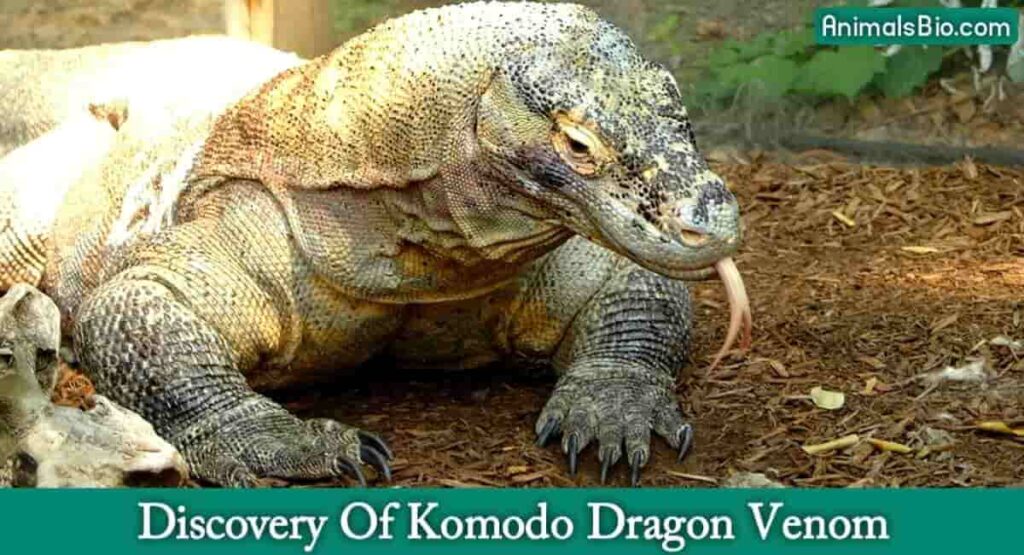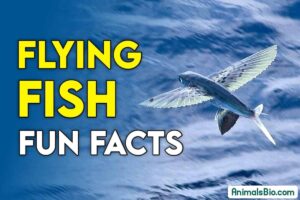The Komodo dragon is one of the most interesting and scary predators found in nature. These big lizards live mainly on the Indonesian islands of Komodo, Rinca, Flores, and Gili Motang, and they both fascinate and frighten people. many people want to know Do Komodo Dragons Have Venom ?
One of the most notable things about Komodo dragons is their venomous bite. Recent research has shown that their venom is very important for overpowering their prey. In this article, we will look at the structure, effects, and importance of the venom in Komodo dragons.
What Are Komodo Dragons?
Komodo dragons (Varanus komodoensis) are the largest living species of lizard, growing up to 10 feet in length and weighing over 150 pounds. They are apex predators in their ecosystem, meaning they are at the top of the food chain.
These lizards are known for their impressive size, fearsome reputation, and a hunting prowess that is unlike any other lizard.
The Discovery of Komodo Dragon Venom

For many years, scientists thought that the dangerous effect of a Komodo dragon’s bite was because of serious infections caused by bacteria in their saliva. They believed that when Komodo dragons bit their prey, the bacteria would infect the wound and make the prey very weak.
But this idea changed when researchers found something unexpected: Komodo dragons have venom glands. In 2009, an important study showed that these animals have venom glands in their lower jaws.
These glands produce a complex venom that gets into their prey when they bite. The discovery of venom glands changed how we understand the way these animals kill and eat their prey.
Related Article : How do Komodo Dragons Hunt ?
How Does Komodo Dragon Venom Work?
The venom of a Komodo dragon contains a mix of toxins that affect the blood pressure and blood clotting in their prey. When a Komodo dragon bites an animal, the venom quickly works to decrease the prey’s blood pressure and expedite blood loss.
This not only weakens the prey but also sends it into shock, making it easier for the Komodo dragon to capture and kill the animal if it tries to escape.
The effects of the venom are so potent that even if the prey initially survives the bite and escapes, it is likely to succumb to the venom’s effects shortly thereafter.
This strategy is particularly useful for a predator that may not be fast enough to chase down quicker animals.
The Evolutionary Advantage of Venom
The evolution of venom in Komodo dragons is a fascinating aspect of their biology. It is believed that the development of venomous capabilities allowed Komodo dragons to effectively hunt and expand their diet to include larger animals, such as deer, pigs, and even water buffalos.
This adaptation was crucial in environments where large prey is necessary for survival but difficult to overpower and kill quickly.
Venom also provides an energy-efficient method of hunting. Instead of engaging in prolonged chases or battles, Komodo dragons can deliver a strategic bite and then follow the trail of their debilitated prey at their leisure. This method conserves energy and reduces the risk of injury to the dragons.
Conservation of Komodo Dragons

Despite their fearsome reputation and robust capabilities, Komodo dragons are listed as a vulnerable species. Their populations are threatened by habitat loss, human encroachment, and poaching.
Conservation efforts are crucial to ensure that these unique reptiles do not edge closer to extinction. Efforts to conserve Komodo dragons include protecting their natural habitats and implementing breeding programs.
Educating local populations and visitors about the ecological role of Komodo dragons can also reduce negative interactions and promote coexistence.
Conclusion
The venom of Komodo dragons is just one of the many remarkable aspects of these creatures. Understanding their venom not only adds to our knowledge of these unique animals but also highlights the complexity of nature’s evolutionary adaptations.
Komodo dragons remind us of the delicate balance of ecosystems and the ongoing need for conservation efforts to protect such extraordinary species.
By studying and protecting Komodo dragons, we gain valuable insights into biodiversity and the importance of maintaining natural habitats for all creatures. Their continued existence is a testament to the intricate and interconnected nature of life on Earth.
Suggested Article: Discover Komodo Dragon Hunting Skills
Frequently Asked Questions (FAQ)
What Kind of Venom do Komodo Dragons Have ?
Komodo dragons have venom that lowers blood pressure and speeds up blood loss in their prey, causing shock and weakness. This venom is crucial for their hunting success, helping them to subdue larger animals efficiently.
How do Komodo Dragons Inject Venom ?
Komodo dragons inject venom through specialized glands in their lower jaws. When they bite into prey, the venom flows along grooves in their teeth and enters the wound, delivering the toxic substances that help subdue and incapacitate the prey.
Why do Komodo Dragons Have Venom ?
Komodo dragons have venom to help them hunt and overpower their prey. The venom, injected through their bites, lowers blood pressure and causes blood loss in their prey, making it easier for the Komodo dragon to capture and consume its meal.
Can Komodo Dragon Venom Kill Humans ?
Yes, Komodo dragon venom can potentially kill humans. While fatalities are rare, the venom can cause severe pain, significant blood loss, and shock, which could be fatal if medical treatment is not received promptly. However, Komodo dragons usually do not attack humans unless provoked or threatened.
Do Komodo Dragons have Venom or Bacteria ?
Komodo dragons have both venom and bacteria that contribute to their ability to incapacitate and digest prey. They possess venom glands in their jaws that produce a potent venom, causing shock and rapid blood loss in their prey.






